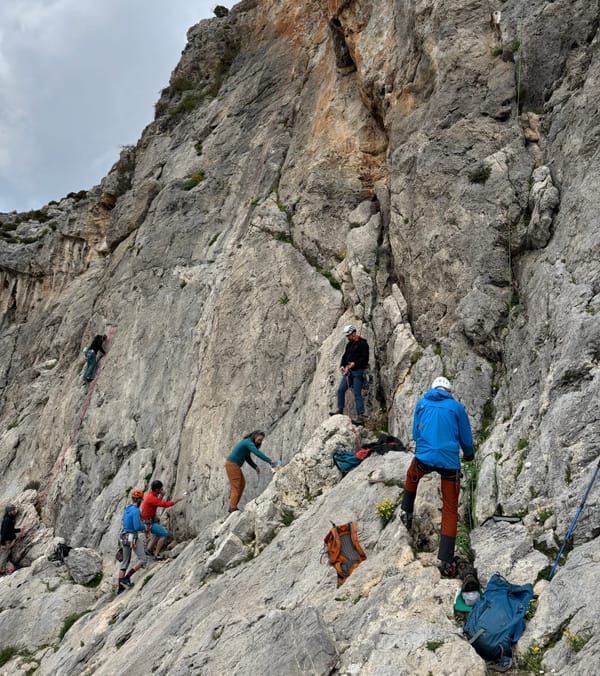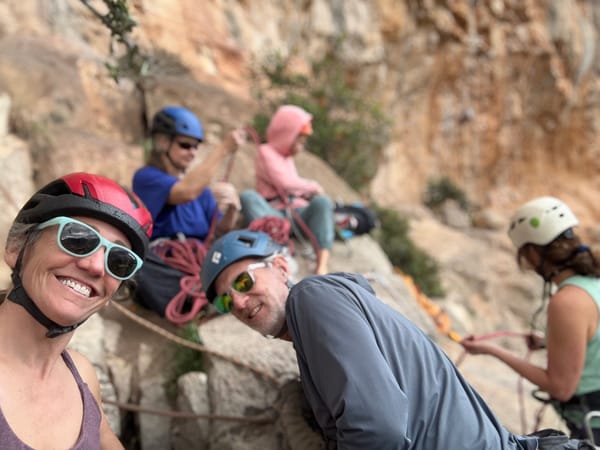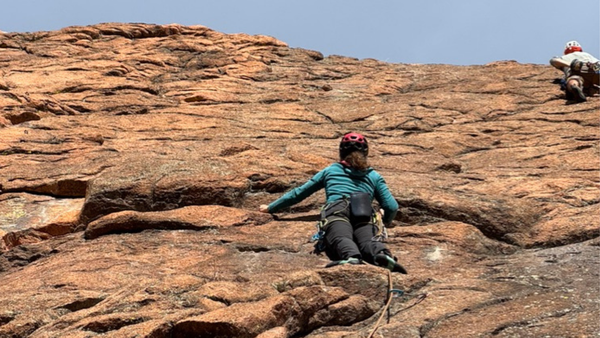The First Year on the Wall: Lessons From Learning to Climb To Apply To Building a Startup
In climbing, falling is expected. It’s part of the process. If you aren’t falling, you aren’t getting out of your comfort zone. Success in your startup sits outside your comfort zone. If it was comfortable, everyone would do it and entrepreneurship would be the norm and not the exception.
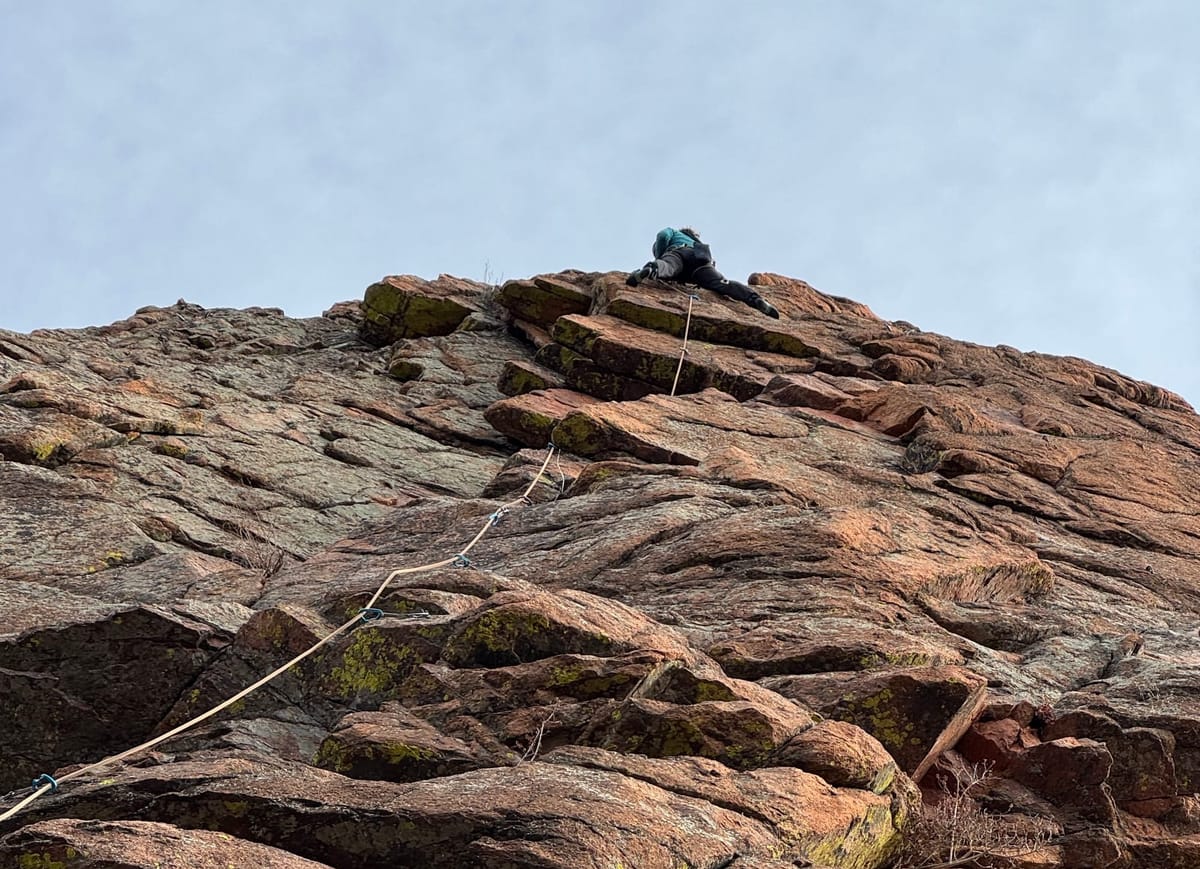
November 1st marks exactly one year since I took my first rock climbing class and it’s been a journey, to say the least. When I first embarked on this path, I thought it would be a fun way to get a workout in a few nights a week. It’s proven more than that as I reflect on what I’ve accomplished in just 12 short months and I can’t help but draw comparisons to what it’s like to be in the first year of your startup; self-doubt, falling, failing, burning cash, building trust and celebrating each incremental victory.
Building Calluses: The Pain That Builds Strength
In climbing, calluses are earned. You can’t rush them. Every slip, every skin tear, every rough hold toughens you up. In your startup, the same thing happens emotionally. The first year is a cycle of rejection, doubt, and self-critique. You’ll pitch to investors who don’t get it, customers who vanish, and partners who bail. It all builds calluses and the resilience that allows you to hang on longer the next time things get tough. Don’t fear this pain in the moment. Cherish it and in due time you’ll look back and realize it made the progress that much more joyful.
Failing Often Is The Point
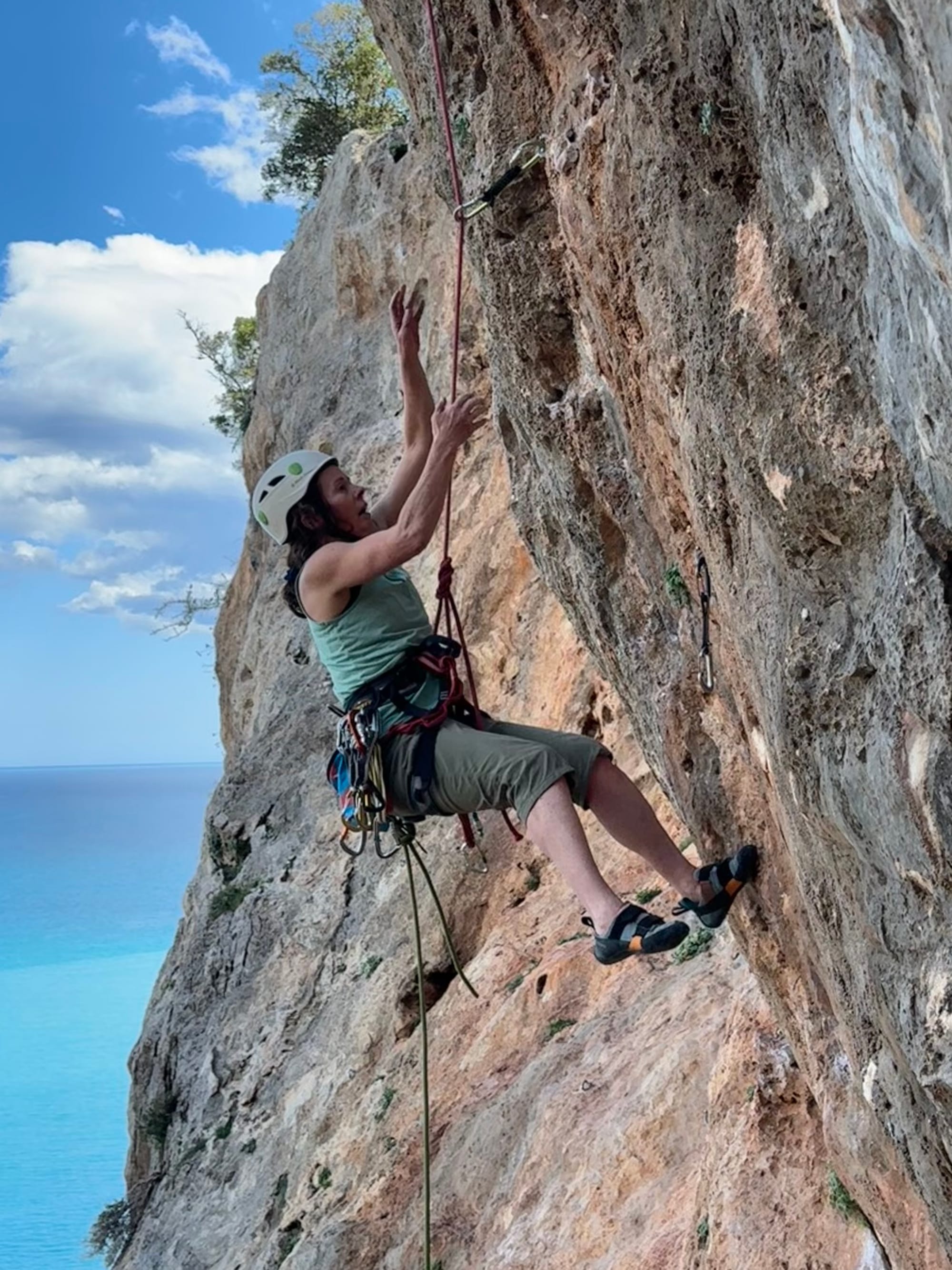
In climbing, falling is expected. It’s part of the process. If you aren’t falling, you aren’t getting out of your comfort zone. Success in your startup sits outside your comfort zone. If it was comfortable, everyone would do it and entrepreneurship would be the norm and not the exception. Let failure teach you where your holds really are. Learn what problems are worth solving, which customers matter most, and which features can be cut loose. The key is learning to fall safely, to test assumptions without destroying morale or cash flow. Every good climber learns how to fall and every good founder learns how to pivot.
The Startup Costs: Buying Gear and Burning Cash
Getting into climbing isn’t cheap. You buy shoes that hurt, a harness you barely understand, and gear that you won’t fully appreciate until you’ve fallen on it a few times. Starting a company feels the same way. You’ll invest in tools, subscriptions, and services that feel excessive at first. Establishing branding, web hosting, CRMs, legal filings, accounting software are all costs that don’t generate income initially. It’s all expensive, and most of it won’t feel like progress yet. Like in climbing, every tool is not a necessity in the beginning. Depending on your business, some are more crucial than others so start small and add to your tech stack as demand warrants it. There are hundreds of draws, carabiners, ropes, shoes, harness enhancements, packs and a number of other things for climbing I don’t even know the names for yet, but I’ve made it through year one with a pair of shoes, a harness and some rappel devices. Don't eat the elephant all at once in your startup. Build traction with the basics and scale as needed.
Building Trust Is Critical
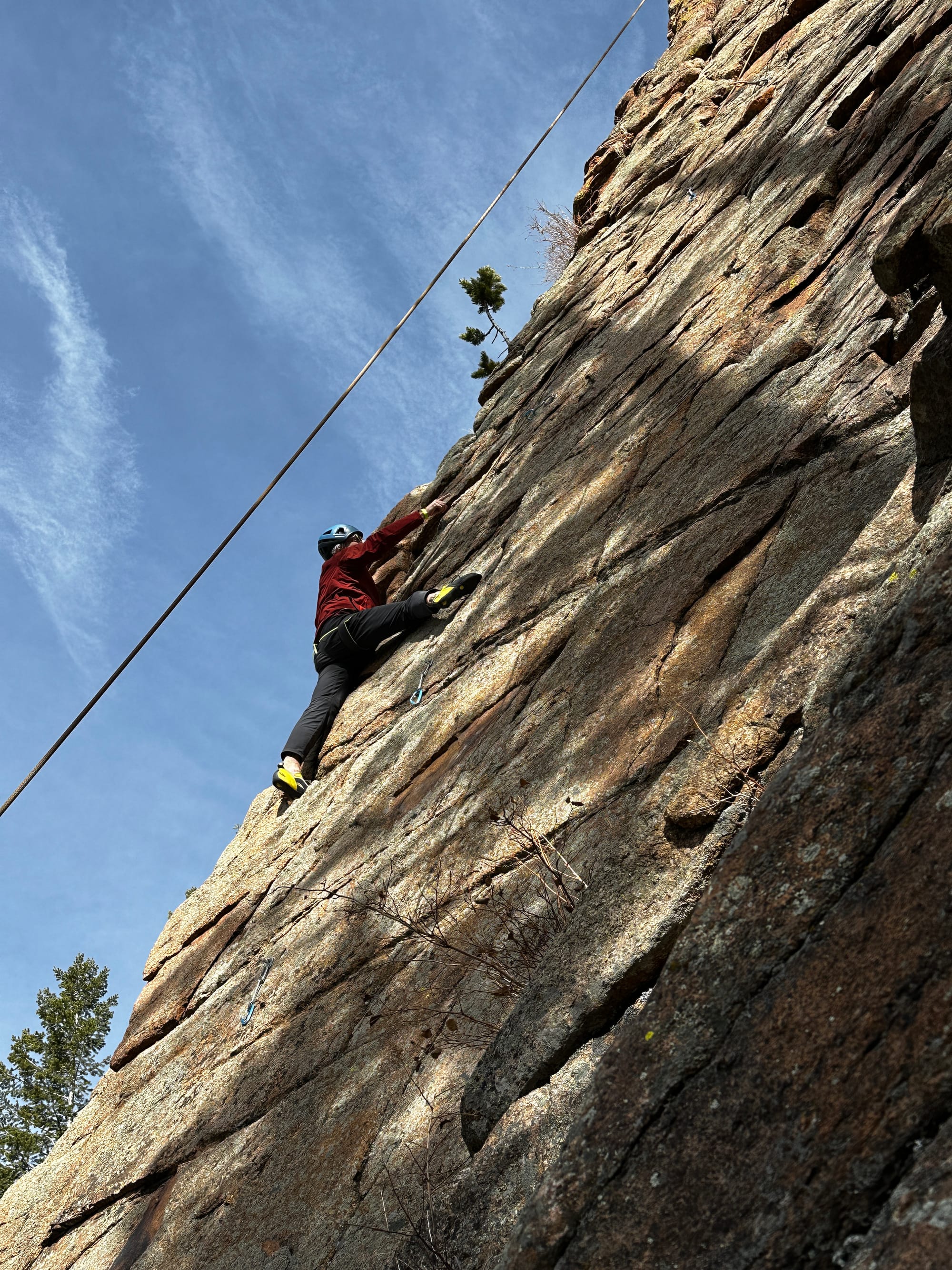
Climbing is built on trust. You literally put your life in someone else’s hands and building that trust comes with lots of repetition and communication. In business, that trust translates to partners and mentors. They’re your belayers. The ones who catch you when you slip and support you as you move higher. Earning that trust takes time. By building internal trust, you learn to instill trust in your customers. That too needs to be earned. Early customers don’t buy just your product, they buy you. They’re betting that you’ll hold steady when things get rough. The more consistent you are, the more they’ll lean in and support you. Over time, that mutual trust becomes your safety system and the path to higher earnings.
Celebrate The Small Victories And Focus On The Route Ahead
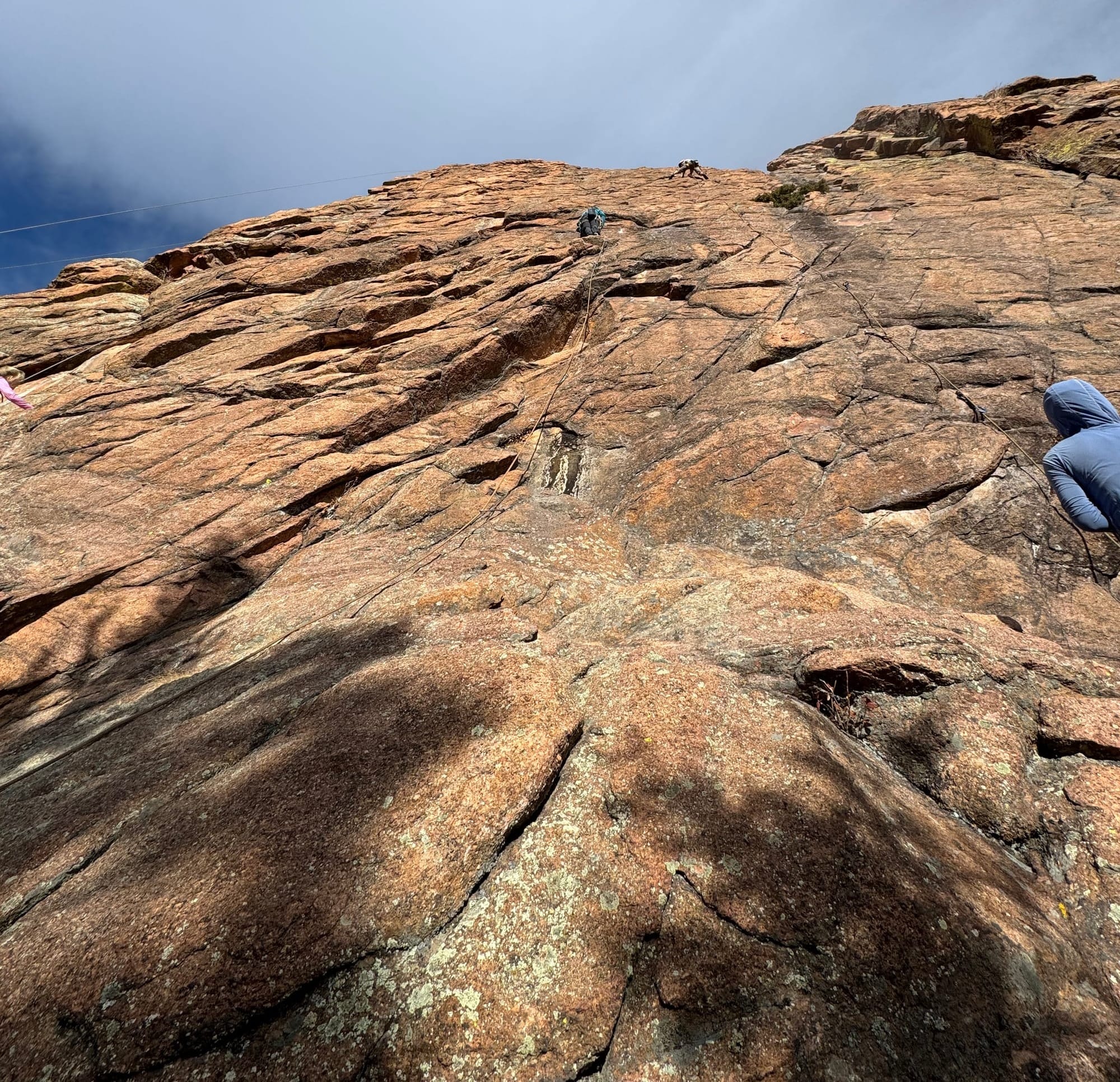
Climbing and startups share one more truth: you’ll never really “top out.” There’s always a harder route, a bigger wall, a new problem to solve. The first year, the year of scraped knuckles, missed grips, and shaky moves, is where the real growth happens. Celebrate it and reflect on every customer win, every new partner acquired, every new completed project and recognize your self-growth and how you will use it to push even harder in year two. Because the reality is this: year two will be even harder, you’ll just be better seasoned for it so it will feel easier.



